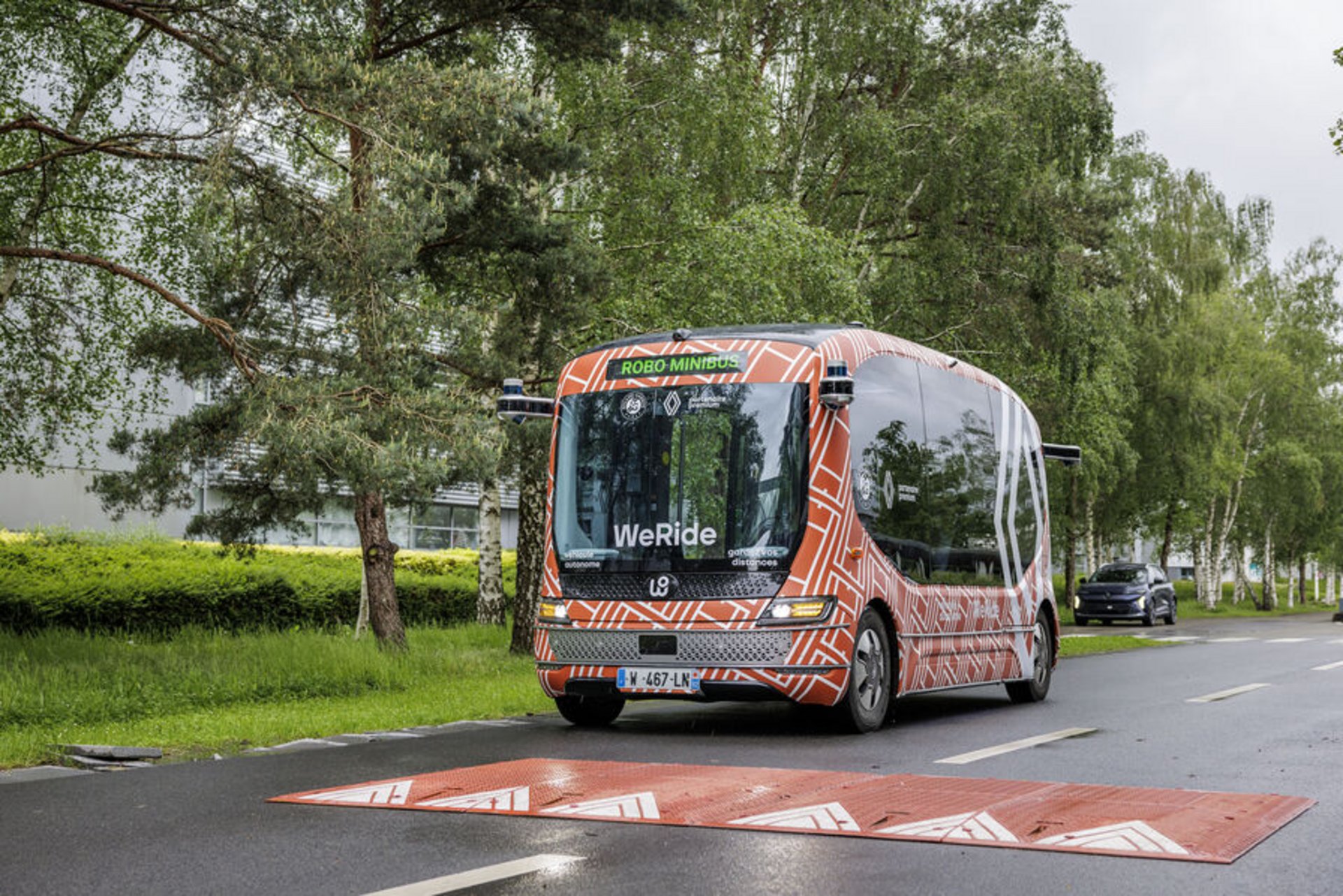New vehicle categories to meet the challenge of automated mobility

At the United Nations level, work has been carried out to define a type approval framework for automated vehicles with no driving position meaning no steering wheel or pedals.
These new vehicles present unprecedented challenges, both for their homologation and for design requirements (such as dimensions, architecture, etc.).
The idea is to create new international regulatory categories that take these innovative vehicles into account:
- Category X: Vehicles designed exclusively for the transport of people.
- Category Y: Vehicles with no occupants on board, dedicated exclusively to goods transport.
A key distinction: these vehicles must be designed in such a way that manual driving is only possible at speeds below 6 km/h, for example via a dedicated control unit. Above that speed, the vehicle must be operated exclusively by an ADS (Automated Driving System) with no human intervention on board.
The introduction of Categories X and Y opens a new regulatory pathway, enabling manufacturers to explore entirely new design concepts while staying within a clear legal framework.
However, this does not mean that such vehicles will be hitting the market right away. Further regulatory work is required, particularly regarding type approval for public road circulation.
For example, in France, the Renault autonomous shuttle used during Roland Garros is close to what could be expected from a Category X vehicle (no driving position), but it is not yet eligible for full type approval. For now, it remains part of a supervised pilot program.
Regulatory Milestones Timeline
- April 2025: Adoption of the new Category X and Category Y vehicle classifications by the United Nations (GRSG – Working Party on General Safety Provisions).
- November 2025: Final confirmation through a vote at WP.29 (World Forum for Harmonization of Vehicle Regulations).
UTAC’s Role
UTAC acted as a technical delegation on behalf of the French Ministry for the Ecological Transition and Territorial Cohesion (Direction Générale de l’Énergie et du Climat).
UTAC experts closely followed the work of the United Nations working group to ensure alignment between the evolving international regulations and French national requirements.